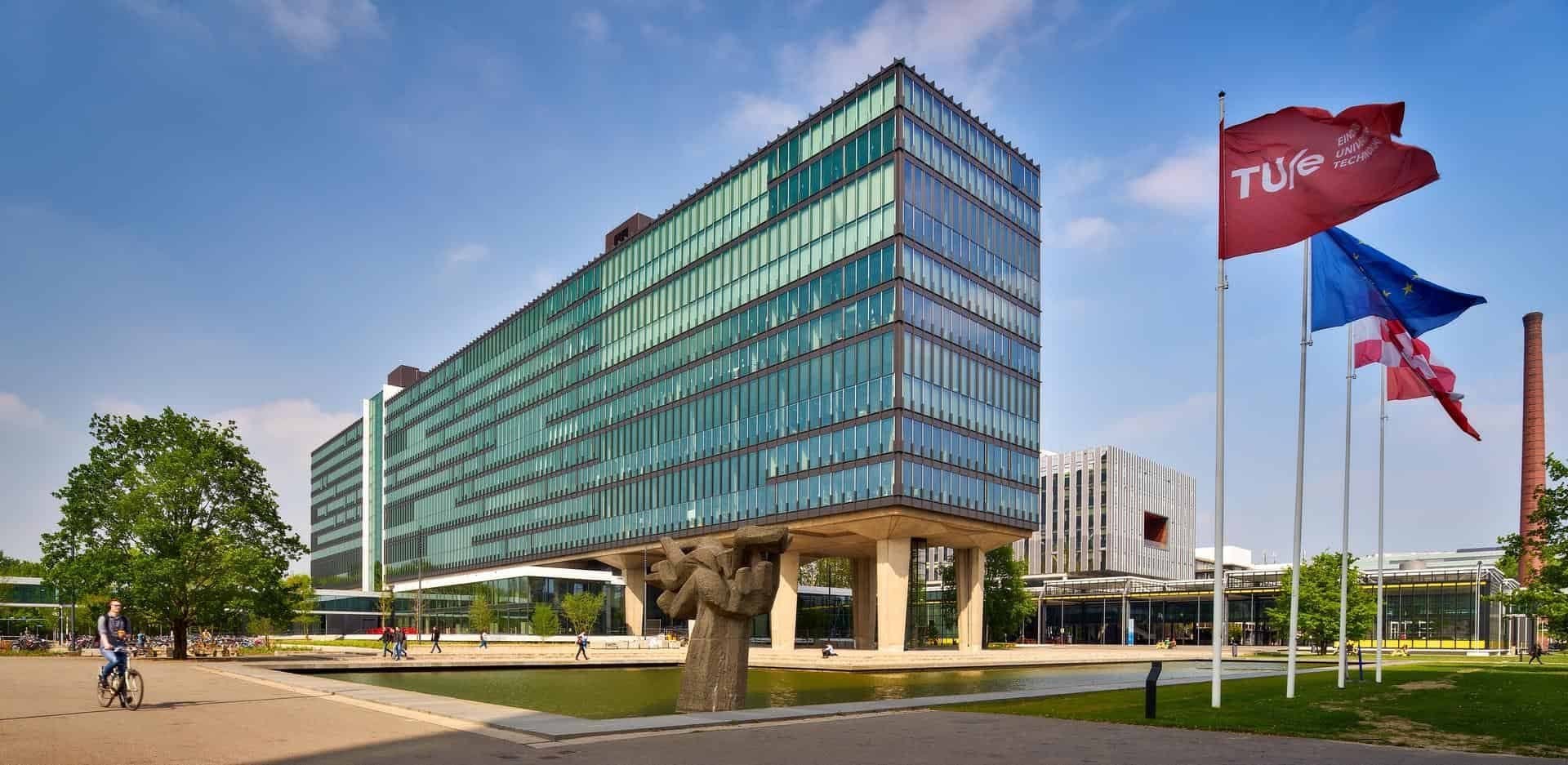Knowledge institutions as the engines for regional innovation
Netherlands Academy of Engineering (NAE) advises: “Reward co-creation and societal impact”
Published on September 5, 2025

Bart, co-founder of Media52 and Professor of Journalism oversees IO+, events, and Laio. A journalist at heart, he keeps writing as many stories as possible.
Europe, and with it the Netherlands, is falling behind the United States and China in innovation power. That is worrying, says the Netherlands Academy of Engineering (NAE), because innovation is essential to tackling major societal challenges – from the energy transition and affordable healthcare to sustainable agriculture. In a new advisory report, NAE argues for strengthening regional innovation ecosystems, with knowledge institutions taking the lead.
“Regional ecosystems are where economy and society intersect,” says NAE fellow and TU/e professor Maarten Steinbuch. “That’s where you can truly connect knowledge, entrepreneurship, and societal needs.”
The fourth-generation knowledge institution
According to NAE, vocational schools, universities of applied sciences, and research universities must evolve into so-called “fourth-generation institutions.” These institutions don’t just transfer knowledge but engage in structural collaboration with companies, governments, and civil society. Students and researchers work in transdisciplinary teams on real-world solutions that directly contribute to broad prosperity.
Jacquelien Scherpen, Rector Magnificus of the University of Groningen and co-author of the report, explains: “As independent players, knowledge institutions can take the initiative. They bring stakeholders together, set societal challenges on the agenda, and align research and education with them.”
The strength of regional ecosystems
The report emphasizes that multilateral collaboration is significantly more effective than bilateral agreements. An ecosystem where government, knowledge institutions, business, and society – the so-called quadruple helix – work together ensures faster innovation, stronger resilience, and a more attractive climate for investment and talent.
Examples already exist. Brainport Eindhoven has evolved into an international tech hub through collaboration among companies like ASML and Philips, institutions such as TU/e, and initiatives like Eindhoven Engine. The TechMed Centre in Twente demonstrates how collaboration among researchers, students, and healthcare professionals accelerates medical innovation. In South Holland, the Convergence Alliance unites TU Delft, Erasmus MC, and Erasmus University with regional partners in a “living lab” for addressing metropolitan challenges.
What needs to change?
Despite the proven impact of ecosystems, knowledge institutions face barriers. NAE highlights several. Workloads for lecturers and researchers are high, leaving little room for collaboration beyond their institutions. Moreover, performance is still measured too often on individual output – publications and citations – rather than on societal impact.
That needs to change, says Scherpen: “Researchers who focus on co-creation and mission-driven projects deserve the same recognition as colleagues who win prestigious grants.” The Recognition & Rewards program now being adopted by Dutch universities shows that such a cultural shift is possible.
Curricula also need rethinking. Traditional programs are often narrowly focused, while today’s challenges require broader, transdisciplinary skills. NAE therefore advocates for educational models that prepare students to work in so-called π-profiles: professionals with both deep expertise and the ability to collaborate across disciplines.
Another challenge lies in different time horizons. Companies may need workers retrained within months, while educational programs typically run in multi-year cycles. Flexible learning tracks are needed to bridge that gap.
The role of government and business
Knowledge institutions may be the natural drivers, but they cannot do it alone. Businesses accelerate the valorization of research through joint facilities and collaborations, creating fertile ground for startups and scale-ups. Governments must provide the right framework: subsidies for public-private partnerships, appropriate infrastructure, and a neutral orchestrator to safeguard the ecosystem’s common agenda.
Such an orchestrator is crucial, NAE argues, because without an independent body, individual interests risk overshadowing the collective mission. Only by setting a shared direction can an ecosystem thrive.
A network of networks
Finally, NAE recommends that regional ecosystems specialize in technology-market combinations that fit their strengths. Together, they form a “network of networks” that complements one another and boosts the Netherlands’ overall innovation potential.
NAE’s message is clear: empower knowledge institutions to take on their role as independent engines of innovation. Give them space to collaborate with companies and governments, reward societal impact, and make transdisciplinary education the standard.
“As an ecosystem, a region becomes stronger, more resilient, and more innovative – and everyone benefits,” says Steinbuch. “It’s time to remove barriers and systematically invest in collaboration. Only then can the Netherlands reclaim a leading role in innovation and prepare for the major transitions ahead.”
